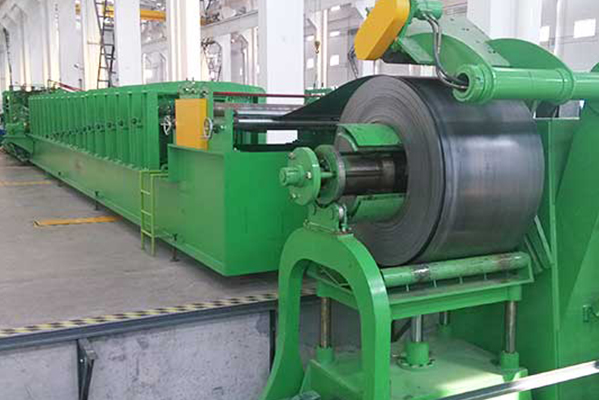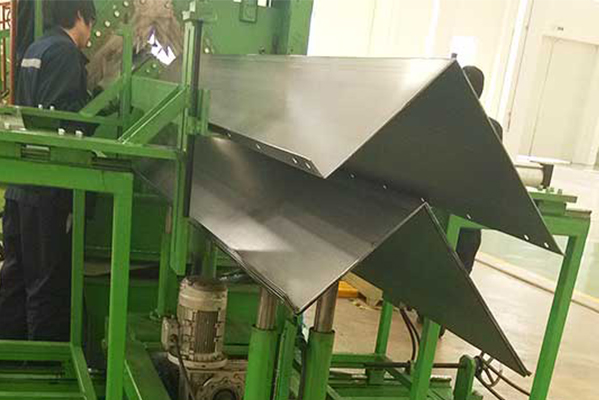Navigation Menu
Contact Us
- Email:
- info@wxavatar.com
- Address:
- Yurong Village, Yuqi Street, Huishan District, Wuxi, China.
Release Date:Jul 08, 2025 Visit:37 Source:Roll Forming Machine Factory
Steel silo roll forming machines are the backbone of efficient silo production, precisely shaping large sheets of steel into the cylindrical components needed for storage. However, keeping these complex machines operating at peak performance presents several distinct maintenance challenges. Understanding these challenges is crucial for ensuring longevity, minimizing downtime, and maximizing productivity.

One of the primary hurdles is managing wear and tear on precision components. Roll forming involves immense pressure and constant friction as steel passes through numerous rollers. Over time, these rollers, along with the cutting dies and guides, experience significant abrasion. This wear can lead to dimensional inaccuracies in the formed steel, affecting the structural integrity and fit of the silo sections. Regular inspection and timely replacement of worn parts are essential, but identifying subtle signs of wear before they cause major defects requires skilled technicians and specialized measurement tools.
Another significant challenge is maintaining lubrication systems. The intricate moving parts of a roll forming machine rely heavily on consistent and appropriate lubrication to reduce friction and dissipate heat. Neglecting lubrication can lead to accelerated wear, increased power consumption, and even catastrophic component failure. However, ensuring proper lubrication involves more than just periodic application; it requires monitoring lubricant levels, checking for contamination, and addressing any leaks or blockages in the distribution system. The sheer number of lubrication points and the varying requirements for different components can make this a complex task.
Furthermore, electrical and control system reliability poses a constant challenge. Modern steel silo roll forming machines are equipped with sophisticated electrical systems, programmable logic controllers (PLCs), and various sensors that orchestrate the entire forming process. Issues like faulty wiring, sensor malfunctions, or software glitches can bring production to a halt. Diagnosing these electrical and control system problems often requires specialized expertise, as they may not be immediately apparent and can be intermittent. Regular calibration of sensors and verification of control logic are vital to prevent unexpected breakdowns.
Finally, addressing material-related issues can impact machine maintenance. The quality and consistency of the steel being fed into the machine directly affect its performance and lifespan. Variations in steel thickness, hardness, or surface finish can put undue stress on the rollers and other forming components, leading to increased wear or even damage. While not strictly a machine maintenance issue, understanding how material characteristics influence machine operation is crucial for proactive maintenance planning and troubleshooting. This includes ensuring proper material handling and storage to prevent corrosion or deformation before processing.

In summary, maintaining steel silo roll forming machines demands a multifaceted approach. It involves vigilant monitoring for mechanical wear, diligent management of lubrication, expert care for electrical and control systems, and an understanding of how raw material properties influence machine operation. Addressing these challenges effectively ensures that these vital machines continue to contribute to efficient and high-quality silo production.